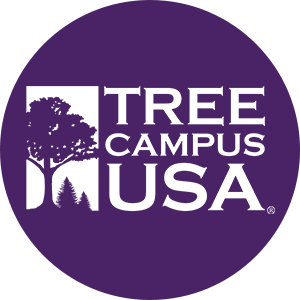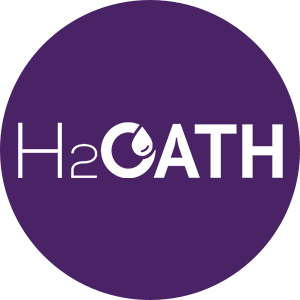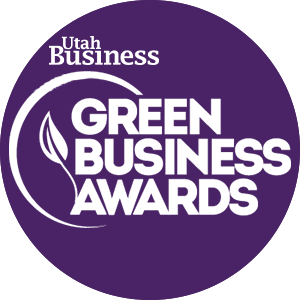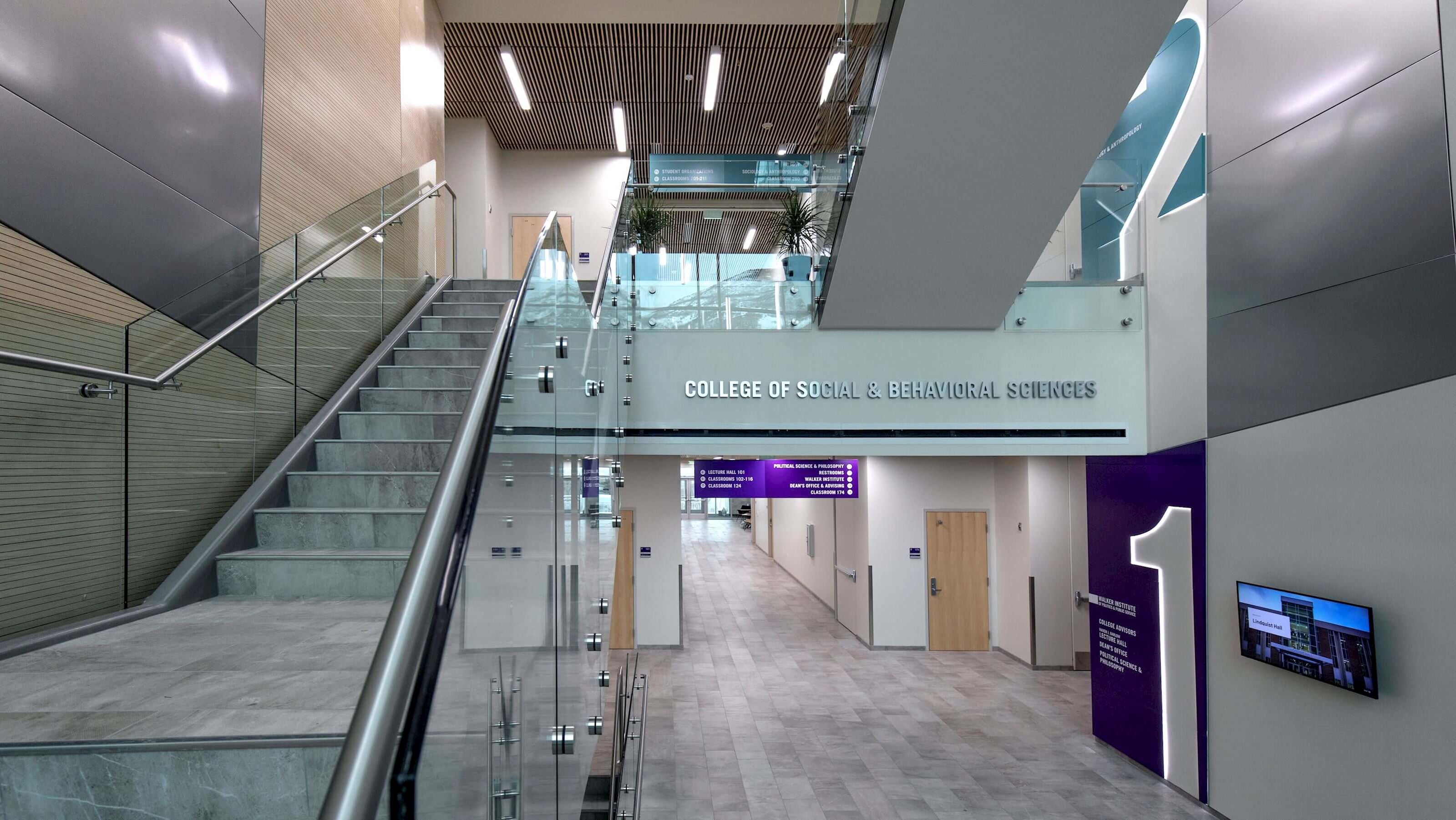Implemented the Green Badge Program to help students, faculty, and staff to learn about and practice sustainability. Recognition of completion is shown by monthly badges and awards.
About
Weber State University is committed to environmental, social and economic sustainability. In both academics and operations, we research and implement sustainable practices on campus, and engage the community through outreach initiatives.
Awards & Recognition







Our Story
2022
2020
The Sustainability Course Attribute (SUS) was approved by the faculty senate in Spring 2019 and was first used in Spring 2020. It can now help students easily identify sustainability-related courses.
2019
Weber State University earned a Silver rating in the national Sustainability Tracking and Rating System (STARS) assessment.
2017
Installed a 1.8 megawatt solar array, offsetting 100% of the electricity needs of Weber's Davis Campus. This solar array gathers enough renewable energy to power all of Davis Campus, all year-round.
2016
Installed our first ground source heat exchange wells 425 feet deep under two WSU parking lots. Weber utilized the natural temperature of the earth to heat and cool buildings.
2015
The Sustainability Practices and Research Center (SPARC) was created in Academic Affairs to facilitate sustainability education and practice across the campus and in the community.
Hosted our first annual community program, aimed at helping residents make sustainability upgrades at home.
2011
Completed our first Sustainability Tracking And Rating System (STARS) report, through the National Association for the Advancement of Sustainability in Higher Education, soon after earning a Bronze rating.
2010
Created the Energy & Sustainability Office in Facilities Management to implement energy efficiency, conservation, and sustainability-related projects across all WSU campuses.
Hosted the first Intermountain Sustainability Summit, which soon became a benchmark sustainability event for the region.
2009
Adopted a Climate Action Plan, and hired our first energy manager.
2008
Completed our first greenhouse gas inventory, accounting for emissions generated from our buildings, fleet, onsite fossil fuel use, and all travel of our faculty, staff and students who commute to and from campus.
2007
Our sustainability journey began with a commitment by then WSU President Ann Millner when she signed the American College &d University Presidents' Climate Commitment (ACUPCC), setting the goal for WSU to become a carbon-neutral campus by 2050.

.jpg/solar panels(1)__800x451.jpg)

.jpg)